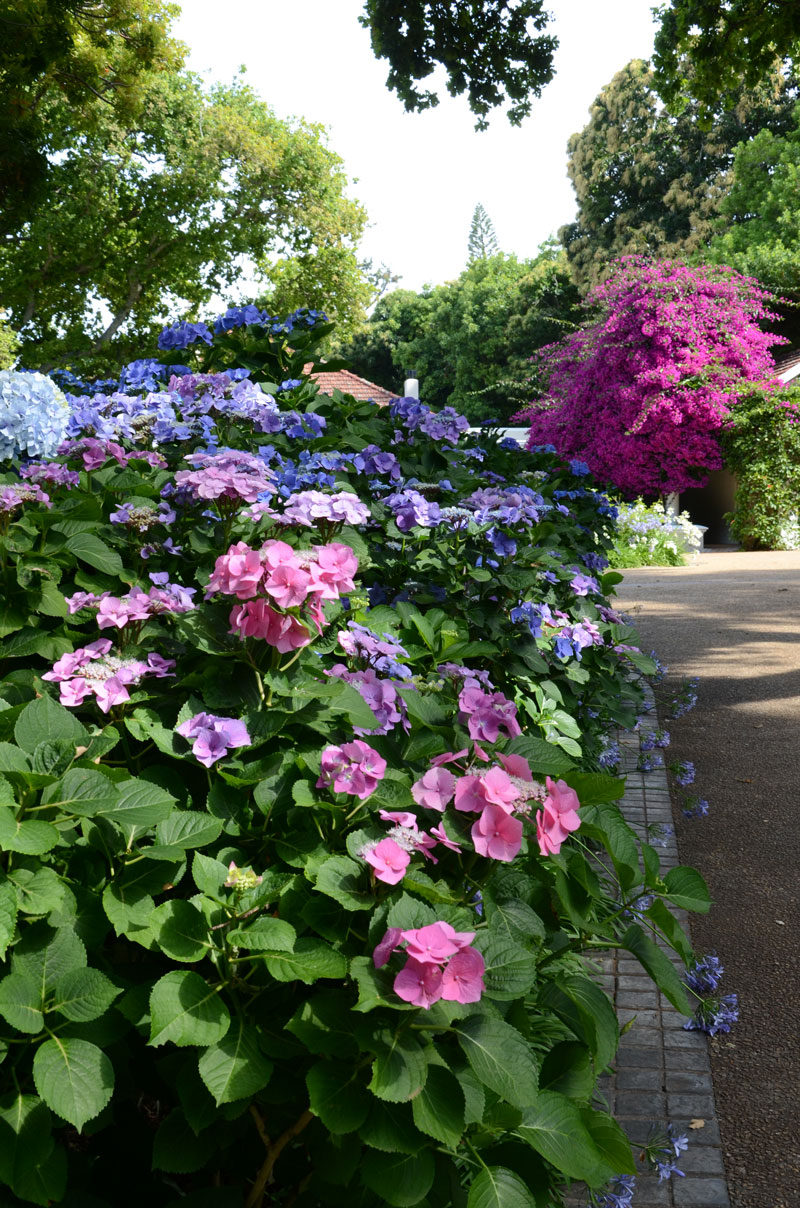What would a South African summer be without voluptuous hydrangeas?
RELATED TO GROWING HYDRANGEAS: Caring for hydrangeas
The original hydrangeas from Japan were the mophead varieties with large flower heads. The Japanese were the first to cultivate new hybrids using the newly discovered sports or lacecap mutations with their flat, lacy flower heads.
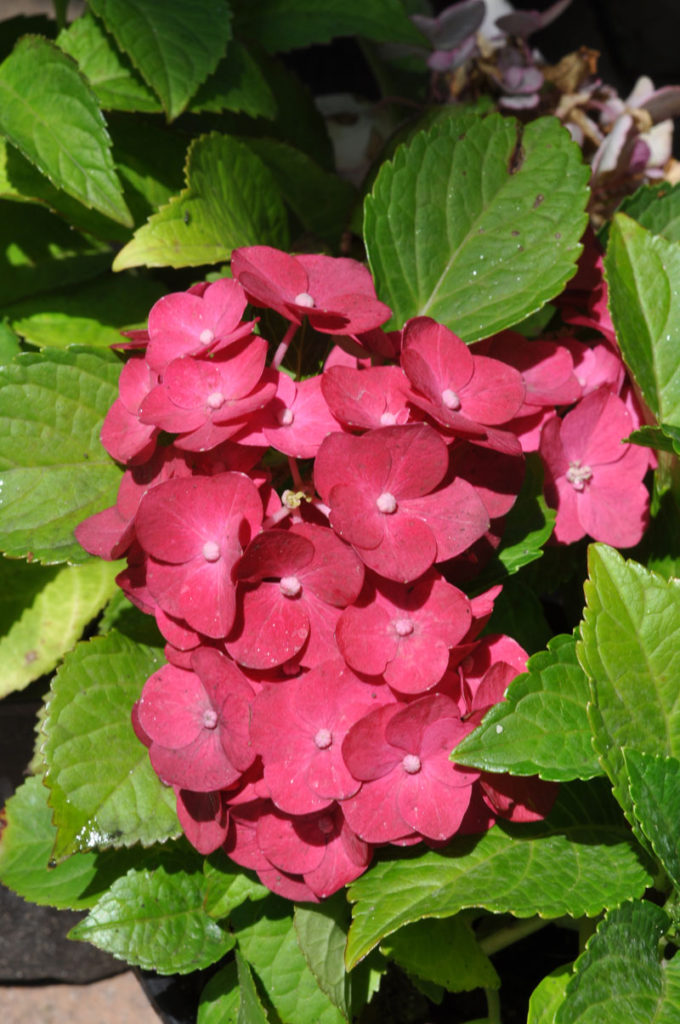
The stunning flowers now come in an amazing range of colours. Some are intense red, others are varying shades of blues and pinks while whites are often tinged with green. The flowers are in fact bracts surrounding tiny true flowers and come in bicoloured and delightful picotee-edged forms.
READ MORE: Get your lawn summer ready
LANDSCAPING WITH HYDRANGEAS
In the garden:
Mophead hydrangeas (H. macrophylla), can be grown throughout the country. Give them extra TLC in hot dry areas by watering and protecting them from excessive heat. In cold areas, grow them in containers in a sheltered spot or protect them from frost. Place older varieties, which can reach 2–3m after 5–7 years, at the back of the border and the smaller cultivars nearer the front. Good spots for hydrangeas are where they get good light, but not full sun, and shade from the hot midday and afternoon sun. Try spots against south-facing walls or hedges or under tall trees. Deciduous H. paniculata and the oakleaf hydrangea, H. quercifolia, are ideal for cold regions.
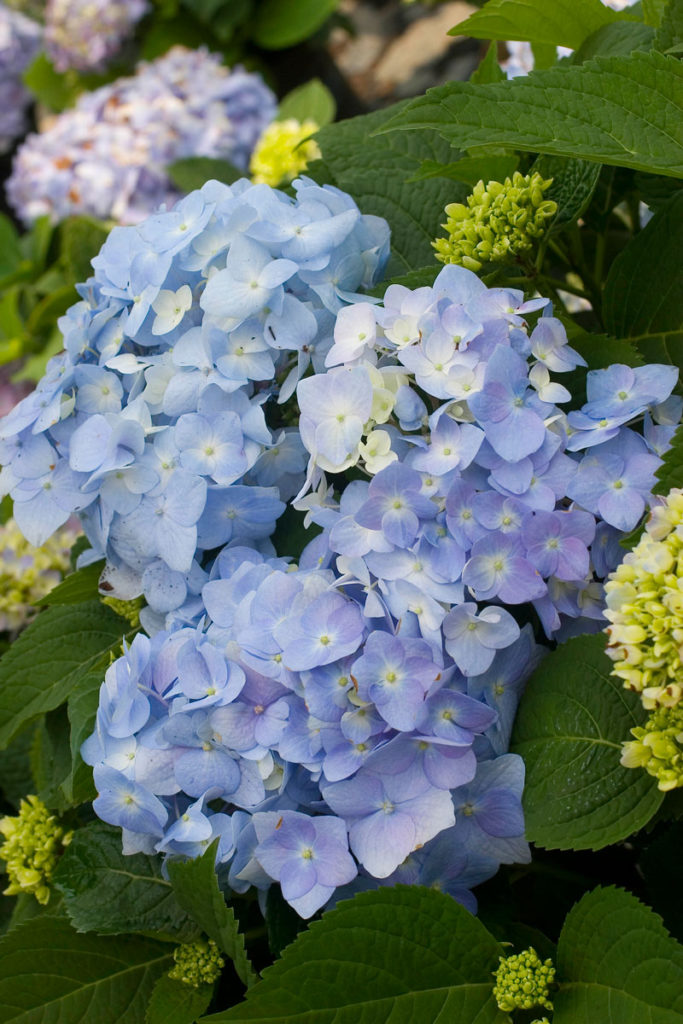
In containers:
Potted hydrangeas are popular gifts during the festive season and must be kept well-watered as the light peaty/coir potting mix in which they’re planted can dry out rapidly. To rehydrate them, immerse the whole container in water for a couple of hours. Place them where they get good light but no direct sunlight and feed fortnightly with a pot plant mix. Once the flowers fade, plant them into beds or larger containers in the garden or in the shade on a bright patio.
YOU’LL ALSO LIKE: Growing roses in containers
PLANTING AND MAINTENANCE
Soil:
Hydrangeas prefer good loamy soil, but will grow in sandy or clay soil which has been dug over and enriched with compost; good drainage is also necessary. Plant them in holes that are wider than they are deep (around 60cm square and 45cm deep), with generous quantities of compost.
TIP: To counteract root competition under trees, grow hydrangeas in large containers and set these on bricks to prevent the tree’s thirsty roots finding their way up into your well-watered containers.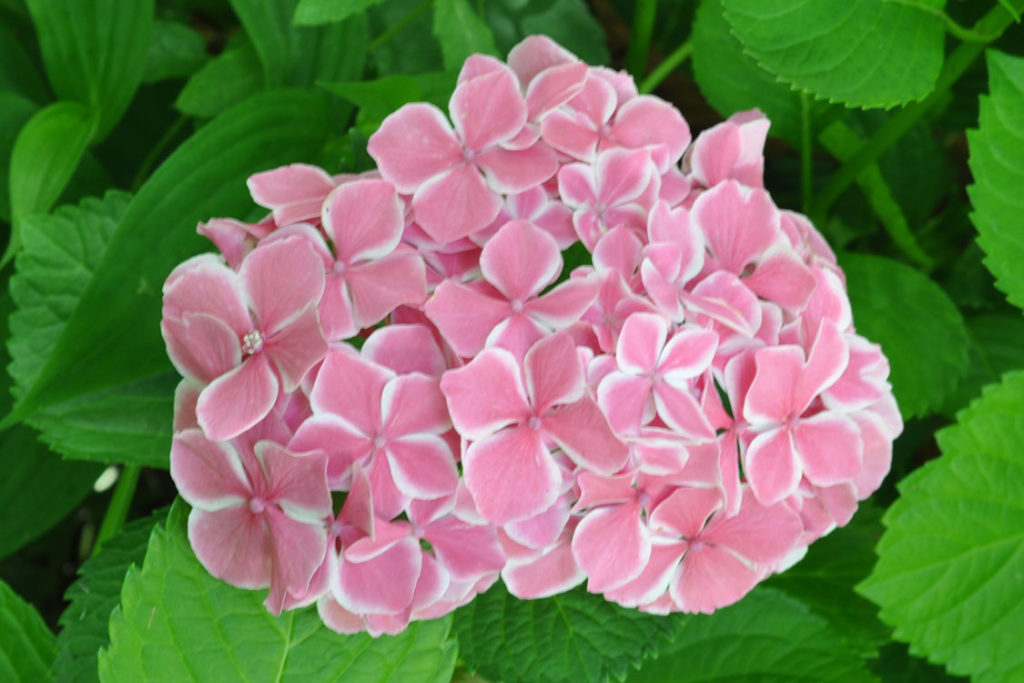
Watering:
Regular watering is essential as hydrangeas are waterholics and have a shallow root system.
Mulching:
This helps conserve water in the soil and increase humidity; the latter, and misting, can reduce infestations of red spider mite in dry gardens. Spread mulch over the root zone but don’t cover the crown of the plant.
TIP: To help intensify the blue colour of the flowers, use acid-based products like oak leaves, peat, pine needles and bark and tea leaves.
READ MORE: Different types of mulch to use in your garden
Feeding:
Hydrangeas are hungry plants. Feed every six weeks with slow-release organic products from early spring until growth slows in autumn. An initial high-nitrogen feed in early spring will encourage good leaf growth, then change to a more balanced feed. The type of fertiliser used can also affect flower colour. One high in phosphate, the middle number in the N.P.K. fertiliser ratio, will enhance the pink colour. A low-phosphate/high-potassium (potash) ratio like 3:1:5 can help intensify blue shades. Time-pressed gardeners should use Wonder Shake ’n Grow for ‘Pink’ or ‘Blue’.
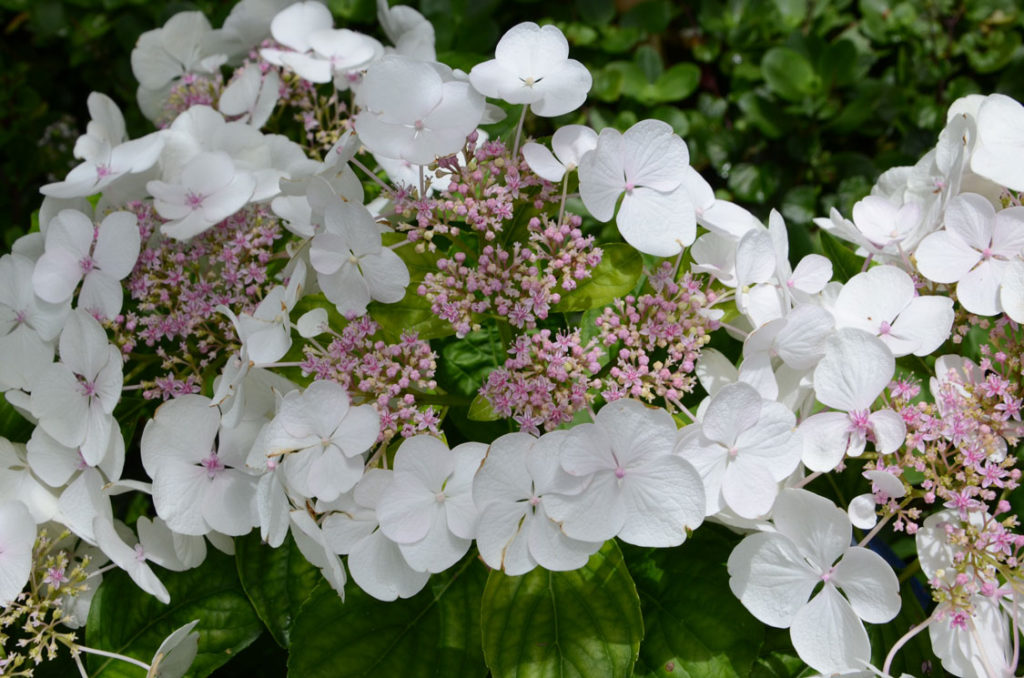
“When buying commercial plant food for blue hydrangeas, check that it’s specifically for acid-loving plants and contains aluminium sulphate, sulphur and iron (Al SO4 + Fe), which should also be in the right proportions. There’s a hydrangea plant food with a blue flower on the packaging, but this is only food, and won’t change the pH or the colour,” advises hydrangea breeder Elrich Nel of Potjie Geplant Nursery in Worcester.

